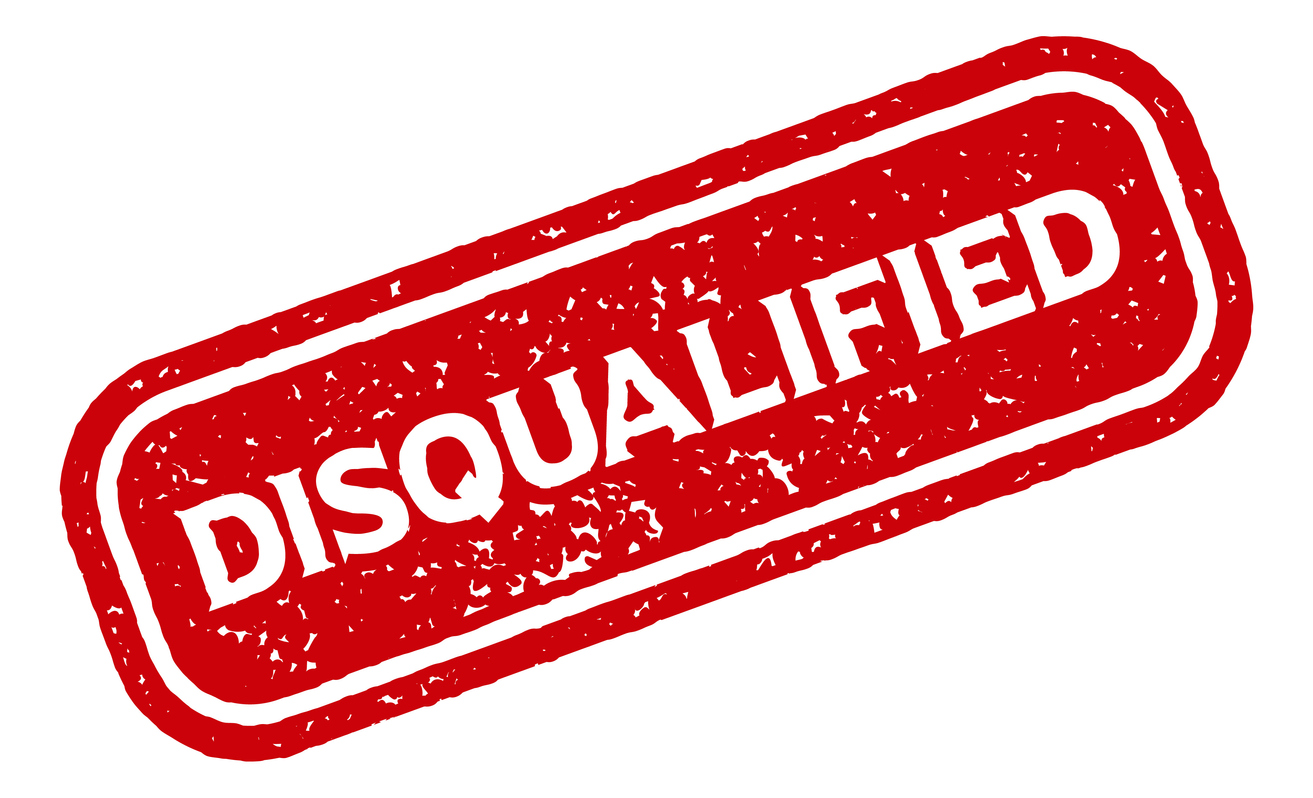Policyholders should take care not to unwittingly fall within their policy’s vacancy exclusion.
Property insurance policies typically contain exclusions that may be invoked if the insured property is deemed to be “vacant” for a specific period of time. The extent of this exclusion varies between policies, and different Texas insurance policies contain different provision. The standard Texas homeowners policy, often referred to as the HO-3, provides:
Vandalism and malicious mischief, and any ensuring loss caused by any intentional and wrongful act committed in the course of the vandalism or malicious mischief, if the dwelling has been vacant for more than 60 consecutive days immediately for the loss. A dwelling being constructed is not considered vacant.
However, other policies are more stringent. For example, another Texas homeowners policy provides:
Vacancy. If the insured moves from the dwelling and a substantial part of the personal property is removed from that dwelling, the dwelling will be considered vacant. Coverage that applies under Coverage A (Dwelling) will be suspended effective 60 days after the dwelling becomes vacant. This coverage will remain suspended during such vacancy.
Thus, the exclusion may reach only damage arising from vandalism, or the entire policy may by suspended. Prior to leaving property vacant for any significant period of time, a policyholder should check the policy’s exclusion.
This raises an obvious question: What constitutes a “vacant” property? There is no specific answer for this, but there are some general guides. Texas courts typically define “vacant” as an “entire abandonment, deprived of contents, empty, that is, without contents of substantial utility.”1 That is, a “vacant” property is typically devoid of any contents.
However, in the common scenario in which the property owner removes most of the contents, but not all of them, other factors will come into play which demonstrate an intent to “abandon” the property. One of the most important is power—did the property owner cut off utilities to the property? Also, is there a verifiable record of regular visits by the property owner? Does the property owner ever spend the night in the property?
These factors will be reviewed by the insurance carrier, and potentially later by a court and jury. A good example of the relevance of these facts is Columbia Lloyds Insurance Company v. Mao.2 In that case, after a fire loss, the unsuspecting policyholder stated in her examination under oath that the rental property was “completely vacant.” None of the remaining appliances were hooked up, and a bed and sofa were the only remaining furniture.3
The claim was denied because the policy at issue provided that “if an insured building is vacant for 60 consecutive days immediately before a loss, we will not be liable for a loss by the perils of fire and lightning or vandalism or malicious mischief.”
In the ensuing lawsuit, however, the policyholder demonstrated that utilities had not been disconnected, that the property was being remodeled, and that she visited the property at least once a week. The facts were enough to prevent the insurance company from prevailing in summary judgment, and the issue was sent to a jury to decide.
There are several takeaways here. First, property owners should be aware of their policy’s vacancy requirements and comply with them. Second, in the wake of a loss, property owners should not agree with an insurance company representative that the property had been vacant without knowing the legal definition of that term. Finally, if this exclusion is unfairly invoked, the property owner should attempt to collect every fact that relates to the property’s status.
_____________
1 See Jerry v. Kentucky. Cent. Ins. Co., 836 S.W.2d 812, 815 (Tex.App.-Houston [1st Dist.] 1992, writ denied); Knoff v. United States Fid. & Guar. Co., 447 S.W.2d 497, 501 (Tex.Civ.App.-Houston [1st Dist.] 1969, no writ).
2 Columbia Lloyds Ins. Co. v. Mao, No. 02-10-00063-CV, 2011 WL 1103814, at *2 (Tex. App. Mar. 24, 2011).
3 Id. at *2.



